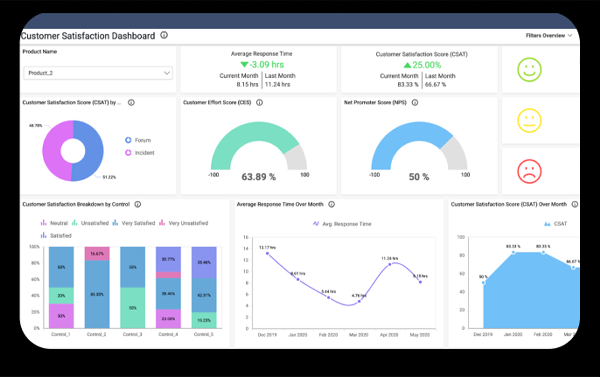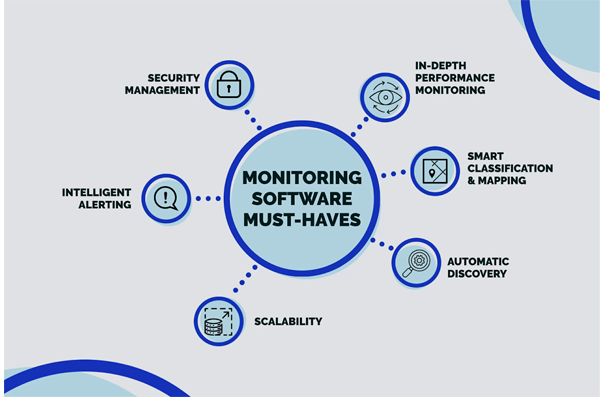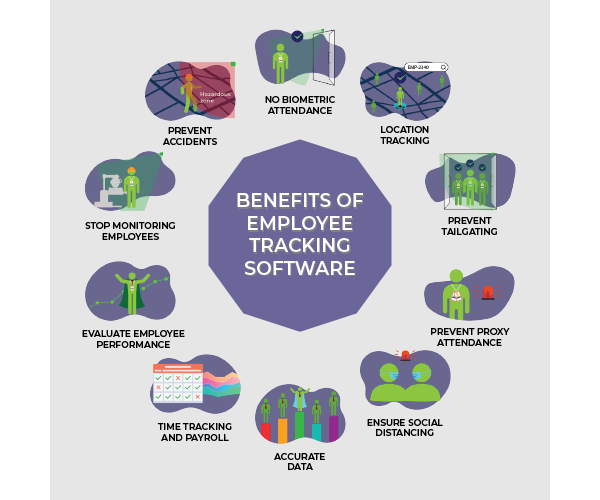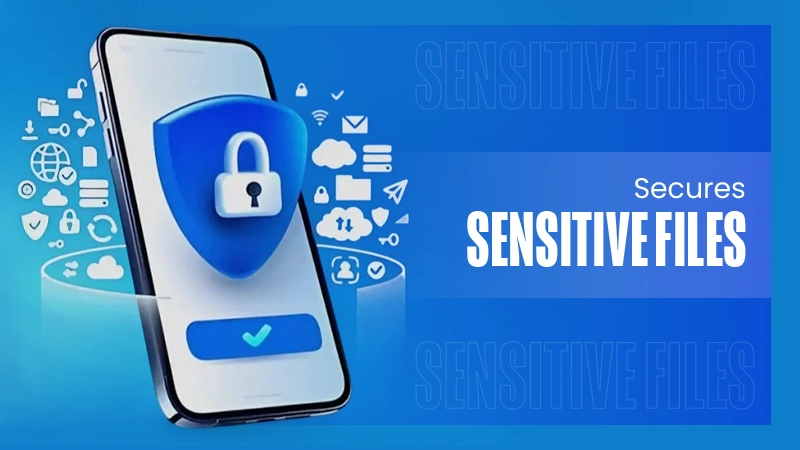Productivity translates to a good ROI for businesses, and employers who have a sense of belonging feel more satisfied at the end of the day about their contribution to the organization.
And, this is right where employee monitoring software comes into play as a crucial make-or-break for optimizing your workforce efforts. In fact, it is getting so big that more than 40% of the employees know that they’re being monitored and many don’t like it (Forbes)
However, it’s still essential to approach this wonderful technology with proper transparency, ethics, and a clear understanding of its potential benefits and drawbacks.
So, in this read, I will navigate you through the complete understanding of employee monitoring software, exploring its key features, benefits, and all the ethical considerations that surround its implementation.
Let’s start!
What is Employee Monitoring Software?

It is a software to monitor employee during work hours. It records tasks, screen activity and even idle times. This data is helpful for managers who like to know productivity and workflow. It is mainly useful for remote or hybrid workplaces where managers can only sometimes be there in person to supervise.
Besides tracking work activity this software also helps keep firms data safe and ensures that rules about data protection are followed. When used responsibly it helps the business work better and keeps vital data secure.
Key Features of Monitoring Software

It has many useful features that help you keep track of your work and make better decisions.
Time Tracking
This feature shows how much time workers spend on various tasks or projects. It helps managers see patterns in productivity and ensure the workers use time well. So it is very helpful for jobs that focus on precise projects.
Screen Monitoring
It lets you see what workers do on their screens in real time. It helps spot work patterns and check for any unproductive actions during work hours.
Activity Logging
These tools record what employees do on their computers, like which apps they use, websites they visit and files they open. This helps managers make sure everyone is following company rules and spot any possible security risks.
Automated Reporting
It gathers and summarizes data. Managers can receive weekly or monthly reports to track progress, set goals, and make decisions about team needs.
Benefits of Employee Monitoring Tool

Increased Productivity
This tool helps show how time is spent. So, it encourages employees to stay focused and finish tasks. It also helps managers see where the outcome might be low so they can make changes to improve it.
Lower Costs
Monitoring software can help firms use their time and resources wisely. So it reduces wasted time and money. By knowing how your employees work, firms can make right choices about where to spend their resources.
Better Remote Work Management
They are useful for managing remote teams. It helps managers see what remote workers are doing. Besides this, it is easy to track their progress and keep everyone on task even when they are not in the same location.
Compliance and Privacy Using Monitoring Tools Responsibly
Using this tool needs careful attention to privacy and data protection. So firms must follow data protection laws such as GDPR and CCPA. It is mainly when handling personal data. Collect only the data that is relevant for work. It is best to avoid undue monitoring and align tracking with firm goals. So, it ensures ethical use.
How Various Sectors Benefit from Employee Monitoring
Remote Work
Firms with remote teams use it to check on the work of workers and track progress from afar.
IT Project Tracking
Software firms use it to track time on tasks. So it helps with deadlines and billing.
Customer Support
Supervisors ensure agents handle customer requests rightly. So, it improves the service quality.
How to Choose the Right Employee Monitoring Tool
Scalability
Pick a tool that can grow with your firm.
Integrations
Make sure it works well with other tools such as project management or communication apps.
User Friendliness
It should be easy for everyone to use without much training.
Best Practices for Using Monitoring Tools
To use these software begin by talking openly with employees as I let them know about the monitoring. Also, guide them on what is the need and address any privacy concerns. Train managers to use the software correctly, focusing on improving outcomes rather than watching every move.
Trends and Future of Monitoring Software
It is getting smarter with tech like AI and machine learning. These tools can study data better. Hence, it helps managers learn work patterns and spot any security risks.
Another new idea is adaptive monitoring. In this, you can adjust the level of monitoring. It depends on the job and performance of the worker. This approach focuses on useful insights while respecting privacy and avoiding too much tracking.
Conclusion
It is a helpful tool for businesses in the digital era. It gives managers a clear view of work, helps keep data safe and makes remote work more accessible. When you use it openly and fairly this software creates a productive and secure workplace. It is a helpful tool for any firm wanting to grow.
We hope you find this article informative. Here we make sure that everything that we have added is authentic. Be sure to check out this website for more informative data.










